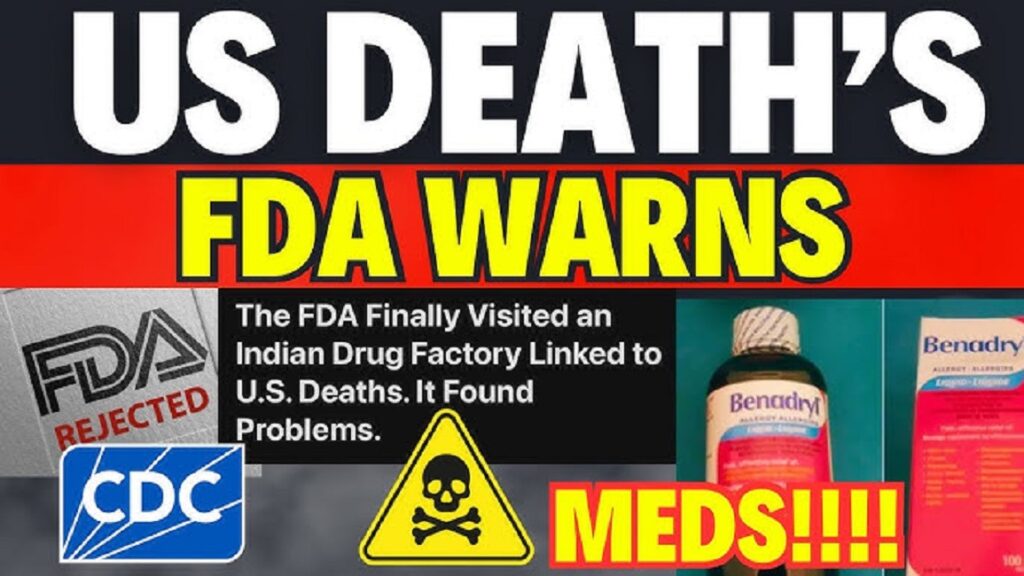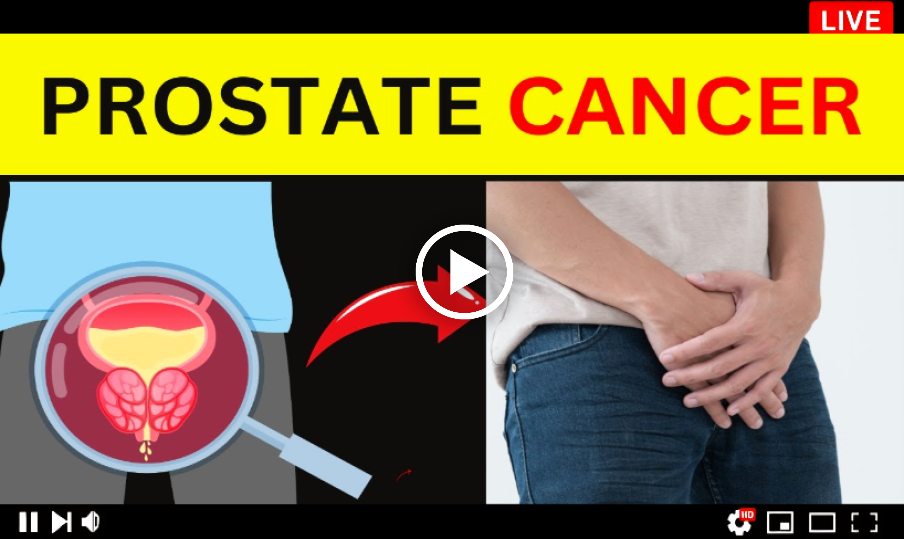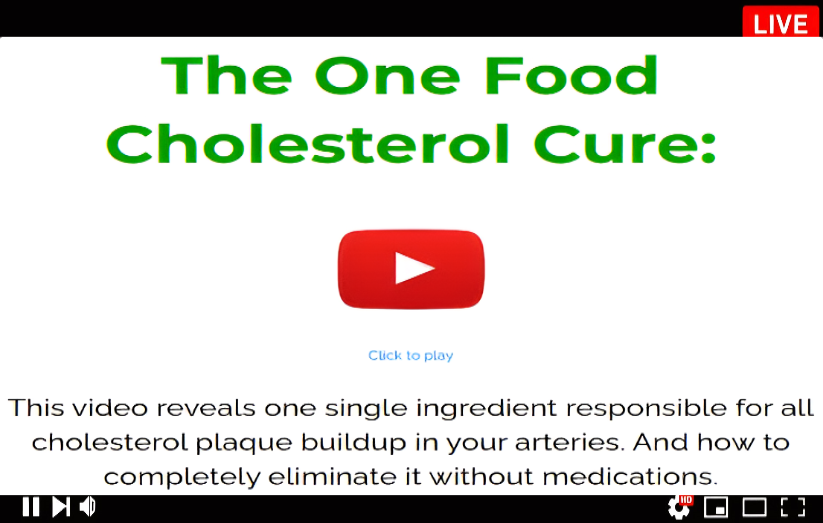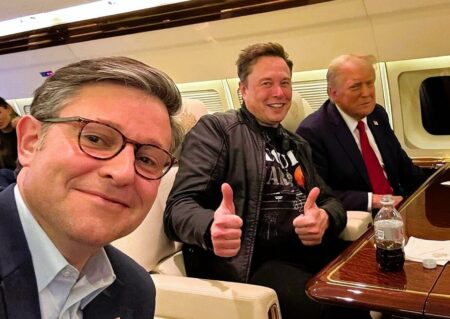Warning News! THIS WILL AFFECT EVERYONE: Over-the-Counter Drug Safety Collapses Amid Benadryl Recall, FDA Failures, and Microplastic Threat
Ready to uncover the truth? Sick of the lies? Join our Telegram Channel now. It’s time for the real story! My gratitude to all my readers!
THIS WILL AFFECT EVERYONE! Trust Big Pharma, they said. The FDA’s got your back, they said. Meanwhile, your Benadryl might kill your kid, your antibiotics don’t work, and your pills are full of plastic. But hey—at least the packaging looks professional. This isn’t a glitch.It’s a system built to fail you.
Over 2,300 bottles of Benadryl recalled. An Indian drug factory linked to US deaths went unchecked for years. Microplastics are now in our medicine, weakening antibiotics. This isn’t a coincidence—it’s systemic negligence.
Chapter 1: Benadryl Recall Exposes Dangerous Lapses in Drug Safety
The recent recall of over 2,300 bottles of Benadryl marks more than just a packaging error—it is a wake-up call. The recall was issued due to defective child-resistant packaging, a seemingly minor flaw with potentially deadly consequences. For a product so widely used and trusted, especially in households with children, this oversight is not just unacceptable—it’s reckless.
The problem isn’t just the bottles. It’s the system that allowed those bottles to reach shelves in the first place. The public has been conditioned to trust over-the-counter drugs as safe, accessible solutions. But this trust has been quietly eroded by years of complacency, weak regulatory enforcement, and a profit-driven pharmaceutical culture.
Chapter 2: The Indian Drug Plant Behind the Pills—and the Deaths
Investigators have linked the faulty Benadryl packaging to a manufacturing facility in India. The same facility is reportedly tied to at least eight deaths in the United States. These deaths weren’t recent—they occurred under the radar, buried in reports, ignored by mainstream media.
The most damning fact: the U.S. Food and Drug Administration had not inspected the factory for over five years before discovering these issues. Five years. In that time, the plant continued to ship products across borders into the hands of American consumers—products assumed to be safe, but made in a facility operating without oversight.
This isn’t an isolated case. It reflects a deeper pattern of regulatory neglect and global outsourcing where cost efficiency takes precedence over quality control. When safety standards are dictated by the lowest bidder, the consequences are fatal.
Chapter 3: The Rise of Microplastics in Medicine—A Global Health Threat
While regulatory bodies chase symptoms, a more insidious danger is growing silently inside our pills. Researchers are now flagging microplastics as a global health crisis. These microscopic particles, now detected in countless consumer products, have infiltrated pharmaceuticals.
Microplastics are not inert. Studies have shown they can pass through the digestive system and accumulate in organs. More troubling, they have been linked to increased antimicrobial resistance—compromising the efficacy of antibiotics and weakening the body’s ability to fight infection.
The presence of microplastics in medicine is not currently regulated, and testing protocols are minimal at best. In short, no one is watching, and no one is accountable. The medical industry has embraced silence, and the consequences are compounding.
Chapter 4: Regulatory Collapse and Corporate Impunity
The failures of the FDA in this case are not merely bureaucratic—they are systemic. This agency is tasked with protecting public health, yet it allowed a foreign drug plant to operate uninspected for half a decade. It failed to detect faulty packaging in a widely used medication. It has no plan to address the growing microplastic contamination in pharmaceuticals.
These are not oversights. They are failures of leadership, transparency, and accountability. The American people are being told to trust systems that are no longer functioning. Behind every recall, every contamination, every silent risk, there is a decision to delay, deny, or downplay.
This isn’t about isolated errors—it’s about a regulatory culture that consistently protects corporations over consumers.
Final Chapter: You’re On Your Own—Unless You Start Asking Questions
The Benadryl recall. The uninspected foreign drug factory. The microplastic threat. Each of these should be front-page news. Yet most people won’t hear about any of it unless they stumble upon reports like this one.
The pharmaceutical industry counts on silence. It thrives in the gap between public trust and actual oversight. And until that gap is closed—through accountability, exposure, and public pressure—your medicine cabinet will remain a potential threat.
This is not fear-mongering. It is fact. And it’s time people started treating it as such.











![BREAKING ALERT: THE PENTAGON GOES CODE BLACK | CHINA PREPARES FOR WAR | PETE HEGSETH WARNING: “THE THREAT IS REAL. IMMINENT. TOTAL.” [VIDEO]](https://amg-news.com/wp-content/uploads/2025/05/U.S.-Defense-Secretary-Pete-Hegseth-issues-a-chilling-warning-the-threat-from-China-is-real-and-imminent-450x272.png)


3 Comments
MEDEEA MY DEAR DEAR FRIEND CLOSE FRIEND , HOW CLOSE FAR OUR WE FROM EBS ALERT WHAT IS YOUR OPINION PLEASE TELL ME I THINK THIS IS THE ONLY WAY OUT OF THIS MESS IF WE GOING TO CLEAN FROM ALL OF THIS ONCE THE EBS GOES OFF THAT’S IT ISN’T IT
WHAT IM TRYING TO SAY IS FROM ZELENSKIES POINT OF VIEW IT DOESN’T LOOK LIKE THERE WILL BE PEACE WITH THIS WAR AS FAR AS HE’S CONCERNED,AS HE JUST WANT’S TO KEEP IT GOING HE WONT GET AWAY WITH THIS
My dear friend Simon,
Thank you for your message. I understand the concerns you have and the intense feelings surrounding the current situation. Indeed, the situation in Ukraine remains complex and full of uncertainties. In such times, it is crucial that we stay well-informed and seek reliable sources to form a balanced perspective.
Regarding your point about the EBS, it’s important to know that crisis situations often generate a multitude of information, sometimes contradictory. It is important to remain calm and analyze things carefully.
As for opinions about the leaders involved, each of us may have a different interpretation based on the information we have access to. Open and respectful dialogue is crucial in trying to understand various perspectives.
I hope that together we can find a path towards peace and resolution. Take care and stay safe.
Best wishes, Medeea
For me, Big Pharma has the value of German
I.G. Farbenindustrie AG (short for Interessen-Gemeinschaft Farbenindustrie Aktiengesellschaft, translated from German Dye Industry Syndicate Joint Stock Company) – a German chemical concern established in Frankfurt am Main in 1925, and finally liquidated in 2012.
It is a corporate system operating all over the world, not only in the USA – before World War II it was I.G. Farben – and after the war Big Pharma – their goal was the same poisoning and depopulation of the world’s population, under the guise of medicine, security and freedom.
I.G. Farbenindustrie AG (short for Interessen-Gemeinschaft Farbenindustrie Aktiengesellschaft – also operated in the USA before World War II and had very strong connections with Wall Street, as Prof. Dr. Athony C. Sutton wrote in his book “Hitler und Wall Street”
After the war, I.G. Farben was exchanged for Big Pharma.